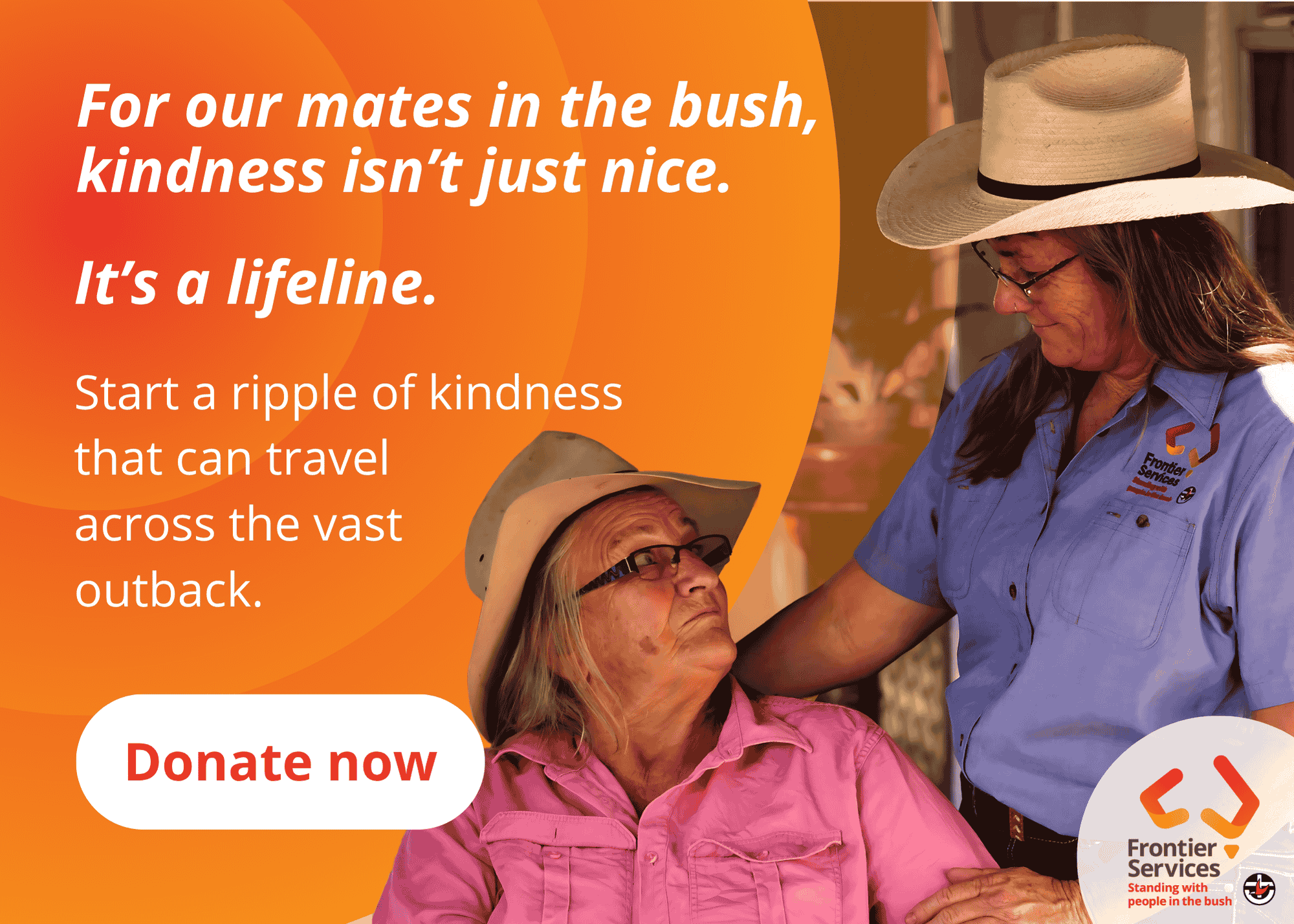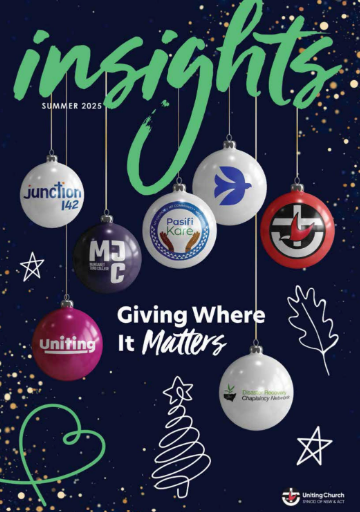As the days grow shorter and the air carries its wintry bite, many of us instinctively reach for the comforts of warmth—coats pulled tighter, heaters switched on, soup bubbling on the stove. Winter, in its own way, invites us to retreat inward, slow down, and rest. But for thousands of unhoused people across New South Wales and the ACT, winter is not a season of comfort. It is a test of survival.
Homelessness is not merely a lack of housing. It is an ongoing health and human rights crisis that disproportionately affects society’s most vulnerable. And during winter, the dangers multiply. Cold temperatures exacerbate existing health conditions, and the lack of shelter strips away the basic protections we often take for granted. A bad flu becomes pneumonia. A night on the street becomes a brush with hypothermia.
“People who are not housed already tend to have comorbidities,” says Rev. Jon Owen, Pastor and CEO of Wayside Chapel in Sydney. “These are exacerbated during the winter months. It’s when the risk multiplies—physically and mentally.”
Homelessness can be temporary, cyclical, or chronic. But for each person, it is deeply personal. Every sleeping bag on a stoop or hidden corner behind a building has a story—often marked by loss, illness, trauma, or systemic failure.
One of the greatest misconceptions about homelessness in winter is that it becomes less severe because fewer people are visible on the streets. But according to Jennifer Oates, Fundraising and Consortium Manager at Parramatta Mission, the opposite is true. “During the winter, we might not see as many people sleeping rough. That does not reflect the number of people who are unhoused, as they may be seeking warmth somewhere hidden. Also, people—particularly women—may be putting themselves in unsafe situations in order to stay warm,” she explains.
This phenomenon, often called “invisible homelessness,” includes those sleeping in cars, couch surfing, staying in overcrowded temporary housing, or seeking refuge with abusive partners. These are not just inconvenient situations—they are often dangerous.
The pressure on frontline services increases during winter. Wet clothes go unchanged. Illness spreads quickly in crowded rooms. And shame or trauma often keeps people from asking for help until it’s a last resort.
The Numbers Behind the Stories:
Homelessness in NSW & ACT is more widespread than many realise. According to recent data:
- More than 47,000 people are currently experiencing homelessness
- Nearly 10% are children under the age of 12.
- 13% are young people aged 12 to 24, facing the world without a stable home.
- Domestic and family violence remains the leading cause of homelessness for over 40% of women.
- Only 6% of people experiencing homelessness sleep rough. The rest remain hidden—couch surfing, in temporary shelters, or crisis accommodations.
- About 32% of people accessing specialist services have a diagnosed mental health issue.
- First Nations peoples are disproportionately affected, making up nearly 20% of the unhoused population despite representing only 3.8% of the general population.
These numbers tell a sobering story—but they also call us to action.
In the lead-up to Homelessness Week (August 4–10), Insights Magazine will share a series of stories from Wayside Chapel, Rev. Bill Crews Foundation and Parramata Mission who are working tirelessly across our communities to offer warmth, dignity, and hope during the harshest months of the year.
What You Can Do Today:
While there’s no one-size-fits-all solution to homelessness, there are many ways to show up.
- Donate funds to Wayside Chapel, Rev Bill Crews Foundation, Parramatta Mission or your trusted local services.
- Volunteer your time, skills, or even just your company.
- Organise workplace fundraisers or community drives.
- Share stories and raise awareness on social media.
- Practice kindness. A warm smile, a simple hello, or a hot drink can mean more than you imagine.
- Share this article to help raise awareness




